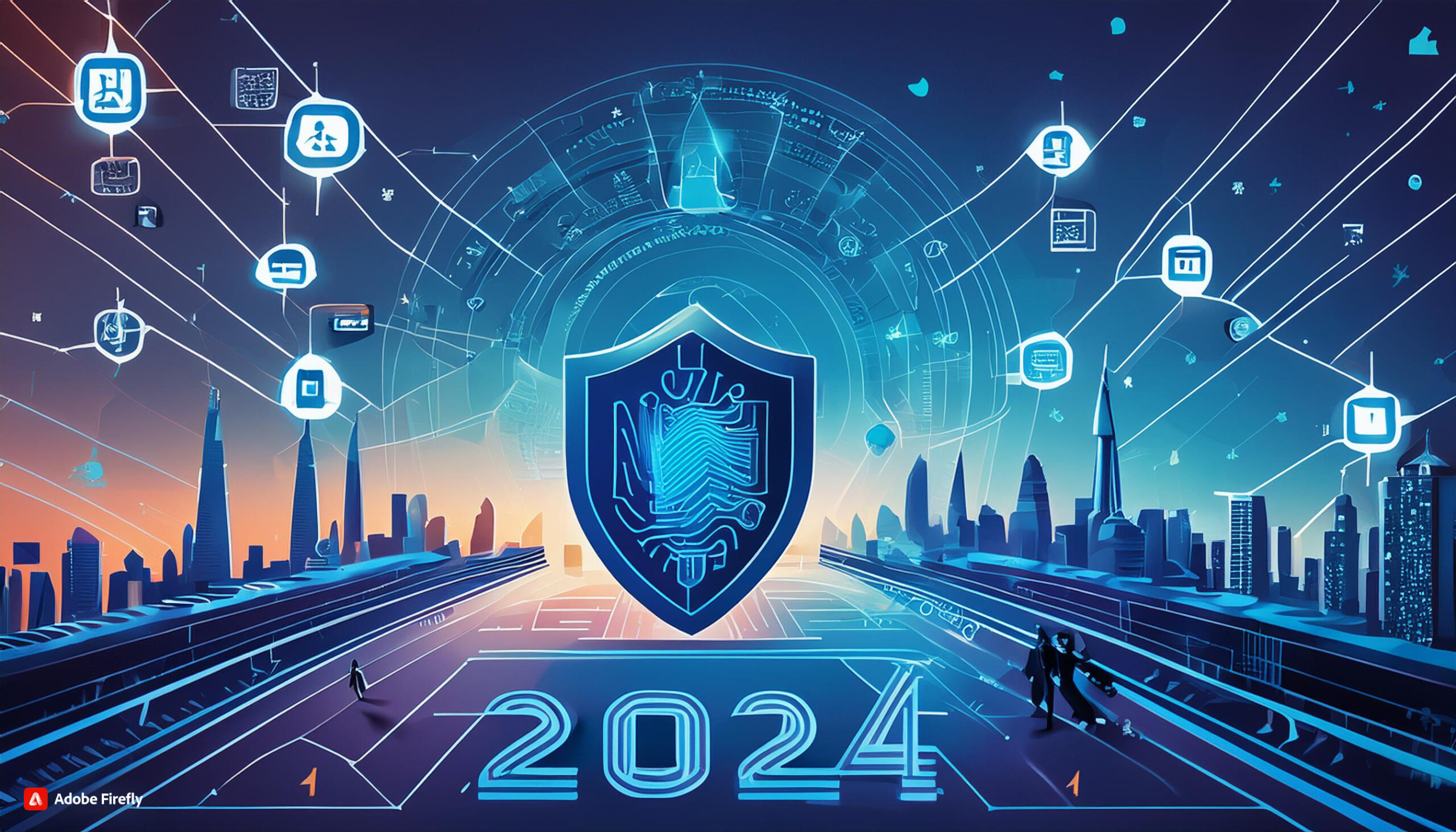The Importance of Cyber Security
Introduction
In today’s digital age, the trend of online shopping has experienced a notable surge in popularity.. People like Anne often shop from various websites to enjoy a faster and hassle-free shopping experience. However, it is important to be aware of the potential risks and take necessary precautions to protect our personal information.
Cyber Attacks and Their Consequences
Anne received a seemingly legitimate email offering her a special discount voucher from a website she frequently shops from, shoppingcart.com. In order to receive the coupon code, she was asked to provide her account credentials. Unfortunately, this email turned out to be a fake, and Anne’s shoppingcart.com account was compromised by a hacker.
This incident highlights the importance of cyber security. Cyber security involves implementing techniques to secure digital components, networks, data, and computer systems from unauthorized access. By understanding different types of cyber attacks, we can better protect ourselves and our valuable information.
Common Types of Cyber Attacks
1. Malware Attacks:
- Trojans, adware, and spyware are some of the common types of malware that can infect a computer.
- Anne’s system could have been compromised if she had downloaded suspicious attachments containing malicious viruses.
2. Phishing Attacks:
- Hackers send fraudulent emails disguised as legitimate sources to trick users into sharing sensitive information such as credit card details and login credentials.
- Anne fell victim to a phishing attack when she provided her account credentials in response to the fake discount voucher email.
3. Man-in-the-Middle Attacks:
- Hackers intercept the communication line between a user’s device and the website’s server, often through unsecured Wi-Fi networks or malware.
- By taking over Anne’s IP address, the hacker gained unauthorized access to her shoppingcart.com account.
4. Password Attacks:
- Hackers can gain access to a system by cracking passwords using common passwords or trying all possible alphabetical combinations.
- Anne’s password could have been easily cracked, leaving her vulnerable to an attack.
Implementing Cyber Security Practices
To prevent future cyber attacks, Anne decided to take proactive measures:
1. Firewall:
- Anne installed a firewall, which acts as a virtual wall between her computer and the internet.
- Firewalls filter incoming and outgoing traffic, safeguarding the network from potential threats.
2. Honeypots:
- Anne implemented honeypots, which are dummy computer systems designed to attract attackers.
- By deceiving attackers with vulnerable-looking systems, the real system remains protected.
3. Unique Alphanumeric Passwords:
- Anne started using unique alphanumeric passwords for all her online accounts to enhance security.
4. Antivirus Software:
- Anne installed antivirus software to detect and remove any malicious programs that may compromise her system.
5. Avoiding Unknown Senders:
- Anne became cautious of emails from unknown senders to avoid falling victim to phishing attacks.
Cyber Security in Organizations
Cyber attacks are not limited to individuals; public and private organizations are also vulnerable. These attacks can have severe consequences and result in significant losses.
1. Advanced Persistent Threat (APT):
- Hackers gain prolonged access to networks, continuously extracting confidential information.
2. Denial of Service (DoS) Attack:
- Networks are flooded with excessive traffic, leaving legitimate service requests unattended.
- Distributed Denial of Service (DDoS) attacks involve multiple systems launching an attack simultaneously.
3. SQL Injection Attack:
- Cyber attackers exploit SQL queries within database-centric websites, employing manipulation techniques to obtain unauthorized access.
To combat these threats, organizations hire cyber security professionals to identify vulnerabilities and secure their networks. Some key roles in the field of cyber security include:
1. Ethical Hacker:
- These professionals simulate hacking activities to identify vulnerabilities and protect systems from real cyber attacks.
2. Security Architect:
- These professionals design robust security structures to safeguard networks and systems.
3. Chief Information Security Officer (CISO):
- The CISO plays a crucial role in ensuring the overall safety of information within an organization.
Conclusion
Cyber attacks pose a significant threat to individuals and organizations alike. It is crucial to understand the different types of cyber attacks and implement necessary measures to protect our digital assets. You can know more about this at TechNexusAI.
As the production of global digital data continues to increase, the need for cyber security professionals is expected to rise. A career in cyber security offers lucrative opportunities and is a smart choice for professionals interested in this field.
If you want to become a cyber security expert, consider getting certified with Simply Learn. Stay proactive, stay safe!



